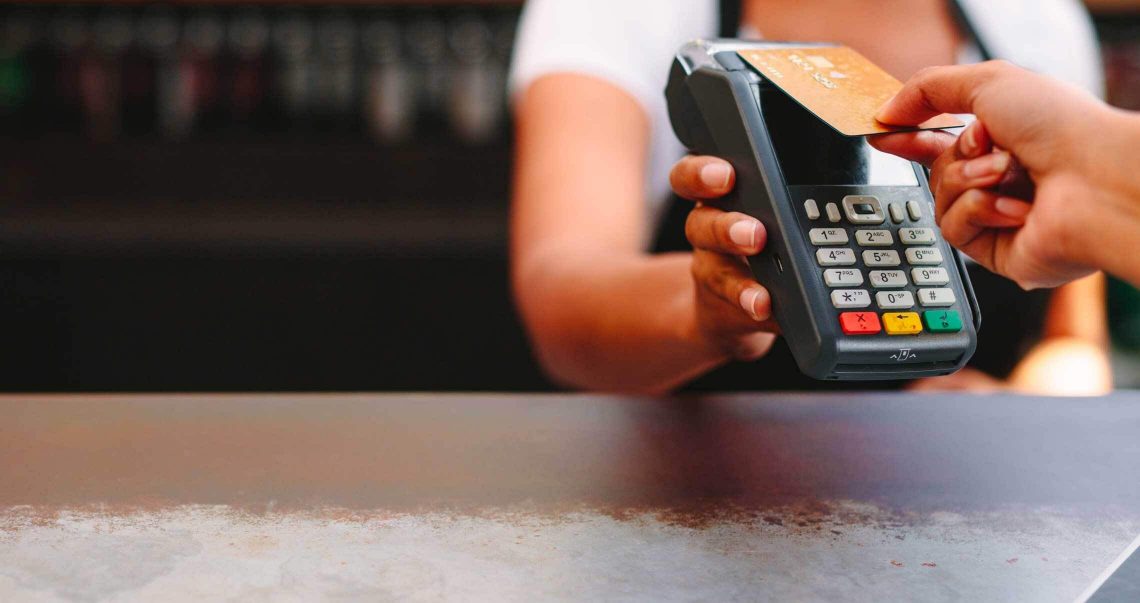Finding the Best Way to Pay Off Your Credit Cards
No matter where your debt stands today, it's possible to get your finances under control with a simple, step-by-step approach. Here are some strategies you can use to find the best way to pay off your credit cards and work toward a better financial future.

Assess your debt
Before you can decide on the best ways to pay off your credit cards, you'll need a clear picture of your outstanding debt.
Make a list of all your credit cards, balances, available credit and the annual percentage rate, or APR, you pay on each. While making this list could feel intimidating, it will give you important information to use as you take on the next steps to pay off your credit cards.
Talk to card issuers
One of the best ways to pay off your credit cards is to make contact with your credit card issuers. A few calls could help you save interest and accelerate your debt paydown.
If you have a good payment history, you could negotiate a better APR than you're currently paying. If you ask card issuers about lowering your interest rate, you might find that you qualify for a reduction. Reducing your APR can save money and help you pay off balances faster.
If you have available credit on any of your credit cards, inquire about available balance transfer offers. These offers can allow you to transfer balances from your higher interest rate cards to a credit card with a lower promotional interest rate.
Choose your pay-down strategy
After talking to your credit card issuers, you'll know where you stand on interest rates and be able to take advantage of helpful balance transfer offers. Now it's time to find the best way to pay off your credit cards using two popular strategies.
Debt avalanche
With this method, you'll pay off the highest interest rate cards first.
If you have $200 extra each month and your highest interest rate card has a minimum payment of $79, you'll make a payment of $279 each month to that card and pay the minimum payment on your lower interest rate cards until the first card is paid off.
You'll then take that $279, add it to the minimum payment of your next highest interest rate card and continue making the minimum monthly payments on other cards. This avalanche-like effect helps you accelerate your debt paydown until you pay off all your credit cards.
Debt snowball
With this method, you'll order your debts from lowest to highest balance. You'll then put all your extra cash each month to pay off the card with the lowest balance first and pay the minimum payment on your larger debts. You'll pay off your smaller balances one by one, leaving you with the highest balance to pay off last.
While you may not save as much money with this strategy, some people prefer the debt snowball method because it offers more instant gratification. Seeing smaller balances paid off quickly can give a sense of accomplishment and help keep you on track toward paying off your debt.
Ask for help
If you still need some extra help with your credit card debt, there are resources available to help you meet your goals.
Debt consolidation loans can potentially reduce the overall interest you pay and give you the convenience of a single monthly payment. You might find the monthly payments more manageable than multiple cards as well.
Credit counseling services are also an option. They can negotiate payments with your credit card companies and potentially offer a single payment each month for all your debts.
Using these strategies can help you get a handle on your credit cards and pave the way to a lower-debt future. No matter which method you ultimately choose, the best way to pay off credit cards is the one you can stick to for the long haul.
See how a balance transfer could help you pay off your debt faster
Plus, enjoy a special introductory offer when you transfer a balance within 90 days of opening an account.




